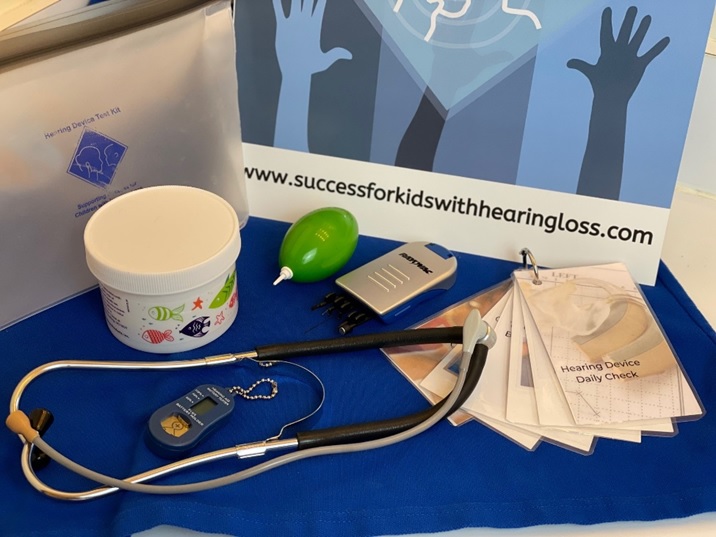Related Products
For Parents
Related Teacher Tools Takeout Items
4 Considerations for Smooth (t)Transition
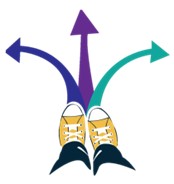
Transitioning from Age 3 to School Age
When a child transitions out of Early Intervention at the age of three and prepares to enter a preschool setting, their needs, goals and accommodations must be defined. This process from transferring from an IFSP to an IEP is commonly referred to as transition. The IEP document will contain important goals and objectives to address a child’s unique needs as they prepare for kindergarten. Under Individuals with Disabilities Education Act (IDEA) every state is responsible for ensuring services are available to eligible children from birth to age 5 through Part C or Part B. Follow these four simple guidelines to ensure a smooth transition for the families and their children.
Children who are deaf and hard of hearing most likely receive supports of Early Intervention through an Individualized Family Service Plan (IFSP) until age 3 under Part C (Early Intervention) services. An IFSP supports the family of a child with a disability while addressing specific needs of the child and how they function. This is done through an Individualized Educational Program (IEP) and falls under Part B (Early Childhood Special Education) services once they turn three years old.
Four Considerations to a Smooth (t)Transition
- Help families prepare!
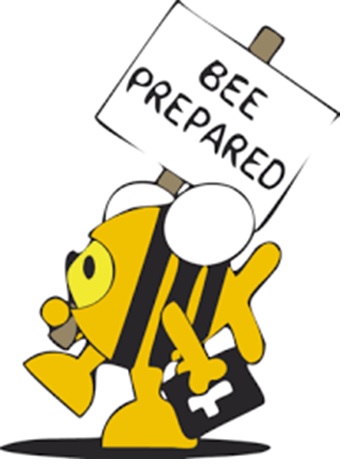 Arguably most important when considering the transition from an IFSP to an Individualized Education Plan (IEP), is to help your families prepare for changes in services and service providers. Since family needs and desires will differ greatly based on the individual needs of their deaf or hard of hearing child, be sure to offer a variety of options to help families navigate the transition process. Consider connecting the family with other families in their area who have already made the transition, arrange a visit to the new classroom and discuss program options and communication modes. Work with your families to understand their priorities and concerns as their child transitions to preschool. Generally, these conversations and process’ happen during the spring so a plan is in place for the start of the school year in fall. However, it’s never too early to begin considering specific needs for the children you support and having those honest discussions with the families/caregivers!
Arguably most important when considering the transition from an IFSP to an Individualized Education Plan (IEP), is to help your families prepare for changes in services and service providers. Since family needs and desires will differ greatly based on the individual needs of their deaf or hard of hearing child, be sure to offer a variety of options to help families navigate the transition process. Consider connecting the family with other families in their area who have already made the transition, arrange a visit to the new classroom and discuss program options and communication modes. Work with your families to understand their priorities and concerns as their child transitions to preschool. Generally, these conversations and process’ happen during the spring so a plan is in place for the start of the school year in fall. However, it’s never too early to begin considering specific needs for the children you support and having those honest discussions with the families/caregivers!
- Out-of-pocket Costs
 Be sure to explain to families their potential out-of-pocket costs and services their child may be entitled to. Early Intervention (Part C services) provided through an IFSP including evaluations, assessments and service coordination comes with no expense to a family. Depending on the state EI program rules, services including but not limited to assistive technology, audiology, vision services and speech-language therapy may be provided at the expense of a family, however, per IDEA, however, families cannot be denied services due to their inability to pay. Early Intervention services must be provided in a child’s natural environment and can take place in the home, childcare setting, local park, etc. Once a child transitions to an IEP, all services must be provided through the public school and at no cost to families.
Be sure to explain to families their potential out-of-pocket costs and services their child may be entitled to. Early Intervention (Part C services) provided through an IFSP including evaluations, assessments and service coordination comes with no expense to a family. Depending on the state EI program rules, services including but not limited to assistive technology, audiology, vision services and speech-language therapy may be provided at the expense of a family, however, per IDEA, however, families cannot be denied services due to their inability to pay. Early Intervention services must be provided in a child’s natural environment and can take place in the home, childcare setting, local park, etc. Once a child transitions to an IEP, all services must be provided through the public school and at no cost to families.
- The Decision Makers
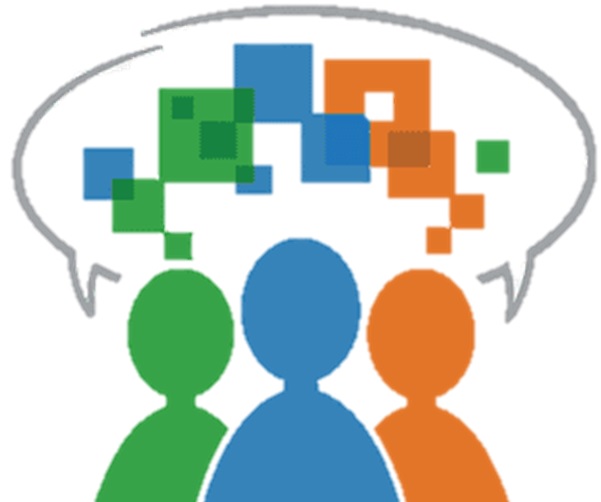 Identify the lead agency in your state to ensure the delivery of programs and services according to the federal regulations supporting Parts C and B of IDEA. The designated lead agency may be the same agency for both Part C and B or two different agencies. Often, a state program housing Early Intervention will be the lead agency for Part C services and your state’s Department of Education will be the lead agency for Part B services. The lead agency(ies) must ensure services and programs provided to eligible children and families under IDEA meet federal requirements in order to receive federal financial assistance. The local school district will conduct eligibility determination and individual educational planning as appropriate.
Identify the lead agency in your state to ensure the delivery of programs and services according to the federal regulations supporting Parts C and B of IDEA. The designated lead agency may be the same agency for both Part C and B or two different agencies. Often, a state program housing Early Intervention will be the lead agency for Part C services and your state’s Department of Education will be the lead agency for Part B services. The lead agency(ies) must ensure services and programs provided to eligible children and families under IDEA meet federal requirements in order to receive federal financial assistance. The local school district will conduct eligibility determination and individual educational planning as appropriate.
- Eligibility
A parent/caregiver’s consent must be received to complete an evaluation, referral or placement in order to receive Part B services. During an evaluation, assessment tools, strategies and evaluation data is compiled from parents, teachers and other professionals who work with the child. Tests must be administered in the child’s native language and selection of assessments tailored to the suspected disability area . The process to determine eligibility (from Part C to Part B) happens within 60 days of the referral of the initial evaluation or the date the child turns age 3, if the IFSP team has not determined that no further services are necessary.
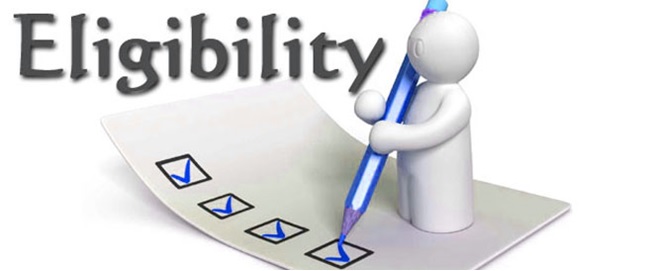 Parents must be given the opportunity to be a part of this ‘eligibility team’ and may obtain their own independent educational evaluation (IEE). The IEE may be paid at their own expense or possibly by the school system. ). The one question an eligibility team is looking to answer is ‘Does the child have a disability and need special education and required services?’ Once eligibility for special education services has been determined and a disability category has been assigned, a written plan of service (IEP) is required based on the child’s individual need(s). The IEP will include goals and objectives. The extent of needs identified will be used by the IEP team when determining the frequency, type and location of services.
Parents must be given the opportunity to be a part of this ‘eligibility team’ and may obtain their own independent educational evaluation (IEE). The IEE may be paid at their own expense or possibly by the school system. ). The one question an eligibility team is looking to answer is ‘Does the child have a disability and need special education and required services?’ Once eligibility for special education services has been determined and a disability category has been assigned, a written plan of service (IEP) is required based on the child’s individual need(s). The IEP will include goals and objectives. The extent of needs identified will be used by the IEP team when determining the frequency, type and location of services.
Knowledge truly is power and equipping yourself and families with resources and knowledge can help make the transition easier for students and parents. A prepared team can ease the bridge to school age for students and parents.
Author: Teri Urban

